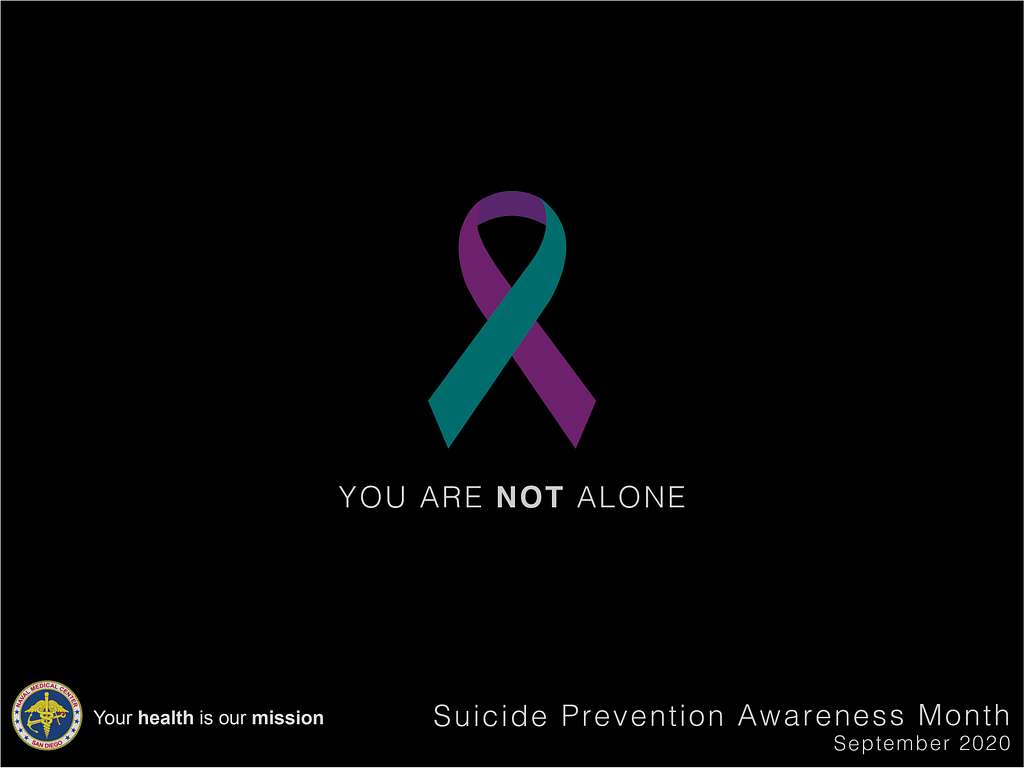WARNING: The following article contains information about suicide, depression, acts of self harm and abuse. If you are sensitive to any of these topics read at your own discretion.
Since 2008, September has been a time to spread knowledge about suicide. If you are ever in a place where you feel unable to continue your life, contact the suicide crisis hotline at 988.
The America Foundation for Suicide Prevention shows that suicide is the 11th leading cause of death in the United States. In the past couple hundred of years, that is a massive spike. In comparison, during the 1860s only 993 suicides were on record.
Just from 2021 to 2022 the suicide death rate went up by 2.6%. Last year there were 49,449 people that died by suicide. Not even counting all the people that attempted, and survived
1.70 million suicide attempts were on record.
Suicide is preventable. World Health Organization explains, “To date, only a few countries have included suicide prevention among their health priorities and only 38 countries report having a national suicide prevention strategy”. A big reason this may be is because of religious beliefs; suicide is condemned in most religions.
94% of adults in the U.S think suicide is preventable. Stereotypically, some people see it as just being sad and selfish if they were to cause their loved ones that kind of pain.
Suicide is not just caused by depression. Anyone, regardless of age, can commit; the youngest person on record was a six year old girl in 2009. Stereotypes are not always facts. Assuming what someone else could be going through will diminish all progress to destigmatize suicide.
Most commonly, someone gets suicidal thoughts when something is happening in their life that makes them feel like they are unable to cope with it. Suicide is also linked to mental disorders or fighting with drug abuse.
Other traumatic events like abuse or sexual abuse could be a burden on someone that would also cause them to feel this way.
Suicide is seen in moments of crisis. For example: chronic pain or illness, financial stress as well as not being able to cope with the stress of life, and even the grief of breakups or deaths.
Groups of minorities like, LGBTQ+, Indigenous Peoples, refugees, migrants, and more are also at a higher vulnerability to struggle with suicide.
Here are some important statistics from 2021 to be aware of (U.S):
- The rate of suicide is highest in middle-aged white men
- Men died by suicide 3.90 times more than women
- 132 suicides per day
- White males accounted for 69.68% of suicide deaths
- Firearms accounted for 54.64% of all suicide deaths
- ages 25 to 34 years old 19.48 per 100,000
- 75 to 84 years old 19.56 per 100,000
- 85 years or older 22.39 per 100,000
- Ages 15 to 24 had a suicide rate of 15.15
- Asians & Pacific Islanders have the lowest rate of 6.68
White males have a much higher tendency to commit suicide over any other group, but adult women have a higher rate of suicide attempts than men (1.33 times more often). That pattern is also seen in high school students.
Asking for help is not a sign of weakness, it shows that they realize they need help to survive. Showing vulnerability is not something that should be shunned upon.
There is no scientific answer to why men die more often from suicides than women, but there are socially constructed reasons to why.
Men have always had a standard in society to “man up” and how they cannot show weakness. Speaking about emotions was just not something that men have been socially accepted to do except within the past few years. This phenomenon has been ingrained in most men’s brains since childhood.
Other things like emotional isolation, substance abuse, and other pressures are reasons anyone could start feeling suicidal. It’s too broad to so that’s exactly why men commit suicide.
There are ways to prevent it.
Telling your story if you have gone through suicidal thoughts or fought a battle no one knows about could save and encourage others to seek help. Someone may just need to know they are not alone and it’s okay to ask for help.
“The National Action Alliance for Suicide Prevention and the 988 Suicide & Crisis Lifeline suggest 5 steps to help safeguard people from the risk of suicide and support them when in crisis:”
- Asking and being forward about suicide may reduce rather than inscrease suicide ideation.
- Keep them safe: reduce access to things that could be used at lethal risk or just used to cause harm to themselves in any way.
- Be there and make it harder for them to isolate themselves, be there and constantly let them know that they are not alone through this.
- Help them reach out: “Individuals that called the 988 Lifeline were significantly more likely to feel less depressed, less suicidal, less overwhelmed, and more hopeful by the end of calls.”
- Follow up: when you’ve helped someone through a crisis like this then checking in will help them stay feeling connected and supported.
If you are unable to do some of those things for someone you know, the main point to take aways is helping them feel not alone, supported, and that they do have hope to continue their life.
Suicide is a real and scary thing that the whole world experiences. Even if you don’t know someone personally in your life that has gone through it does not mean it doesn’t exist.
No one should have to mourn the loss or be scared that they’ll end up being the one mourned. Speak up and spread awareness.



